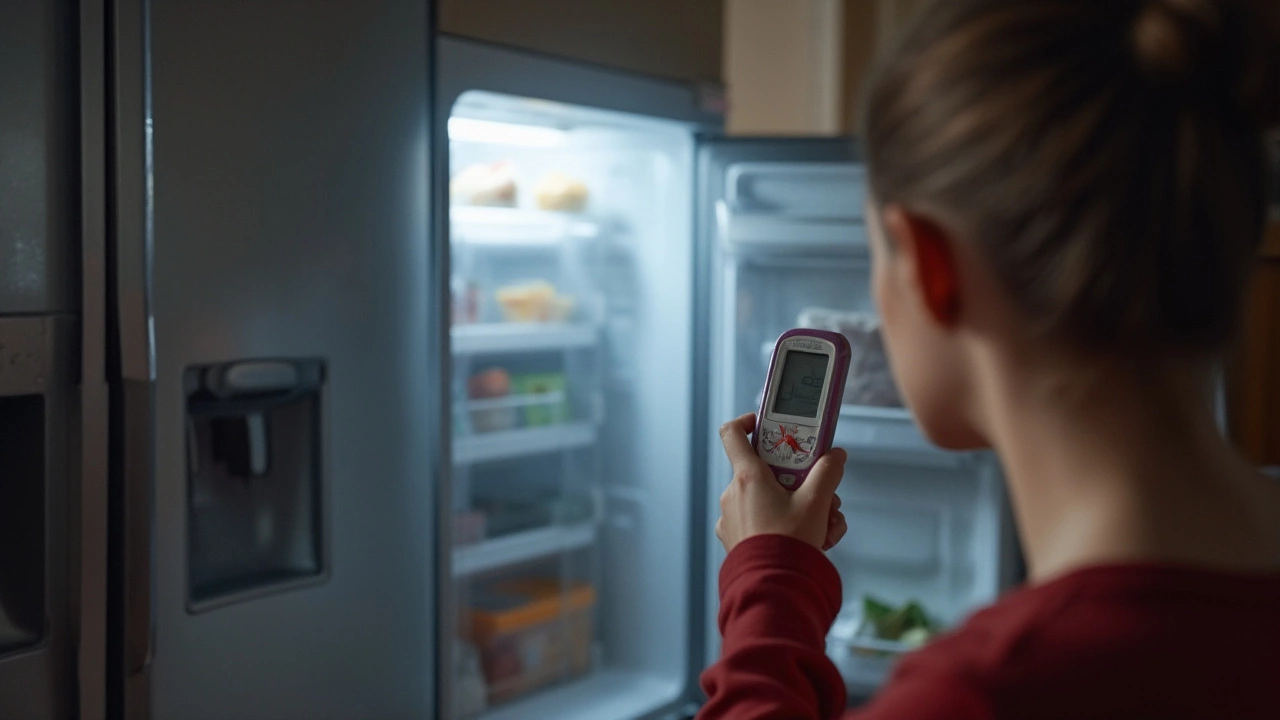Freezer Maintenance: Simple Steps to Keep It Working
Got a freezer that’s making strange noises or not staying cold? A few easy habits can fix that and save you money. You don’t need a technician for most problems – just a bit of routine care.
Why Regular Maintenance Matters
Every time you open the freezer, warm air sneaks in. If you let ice build up, the freezer has to work harder, which raises your energy bill. Over time, a thick ice layer can block vents and cause the compressor to overheat. That’s why keeping the interior clean and the seals tight is key. A well‑maintained freezer also lasts longer, so you won’t be hunting for a replacement soon.
Easy Maintenance Checklist
1. Check the door seal. Close the door on a piece of paper. If you can pull it out easily, the gasket is loose or cracked. Wipe the seal with warm, soapy water and dry it. A tight seal stops warm air from entering.
2. Defrost when ice gets over a quarter inch thick. Turn the freezer off, remove food, and let the ice melt. Speed up the process with a bowl of hot water or a fan. Once melted, wipe the interior dry before turning it back on.
3. Keep it level. A tilted freezer makes the door swing open slightly, letting warm air in. Use a spirit level and adjust the feet until it sits flat.
4. Clean the coils. Dust on the condenser coils forces the freezer to work harder. Pull the freezer away from the wall, locate the coils (usually at the back or beneath), and vacuum them gently. Do this once a year.
5. Organize your food. A crowded freezer blocks air flow. Store items in clear bins or trays so cold air can circulate. Lay newer items in the back and older ones in front – that way you use food before it spoils.
6. Set the right temperature. Most freezers work best at -18°C (0°F). Use a freezer thermometer to check. If it’s too cold, you’re wasting energy; if it’s too warm, food can spoil.
7. Give it a quick wipe‑down weekly. Spillages can turn into frost or cause odors. A damp cloth with mild detergent does the trick. Avoid harsh chemicals that can damage the interior.
8. Listen for unusual sounds. A humming motor is normal, but clicking, buzzing, or grinding can signal a problem. Note the sound and when it happens – it helps a repair tech diagnose the issue faster.
Following this checklist takes less than an hour each month but makes a big difference. If you still notice frost forming quickly or the freezer not staying cold after these steps, the problem might be a faulty thermostat or a worn compressor. That’s when calling a professional like Wells Appliance Repairs saves you time and prevents a bigger breakdown.
Remember, a clean, well‑sealed freezer is the cheapest way to keep food fresh and your energy bill low. Schedule a quick maintenance session now and enjoy hassle‑free freezing all year long.
Signs Your Freezer Needs Repair: Diagnosing Common Issues
0 Comments
Your freezer plays a vital role in preserving food, and noticing the early signs of malfunction can save you from a complete breakdown. This article guides you through identifying symptoms that your freezer might be broken. From unusual noises to fluctuating temperatures, understanding these indicators can help you determine whether professional repair is necessary. It also provides tips on basic troubleshooting measures you can try before calling a technician. Knowing how to spot a faulty freezer ensures your food remains safe and fresh.
Read More